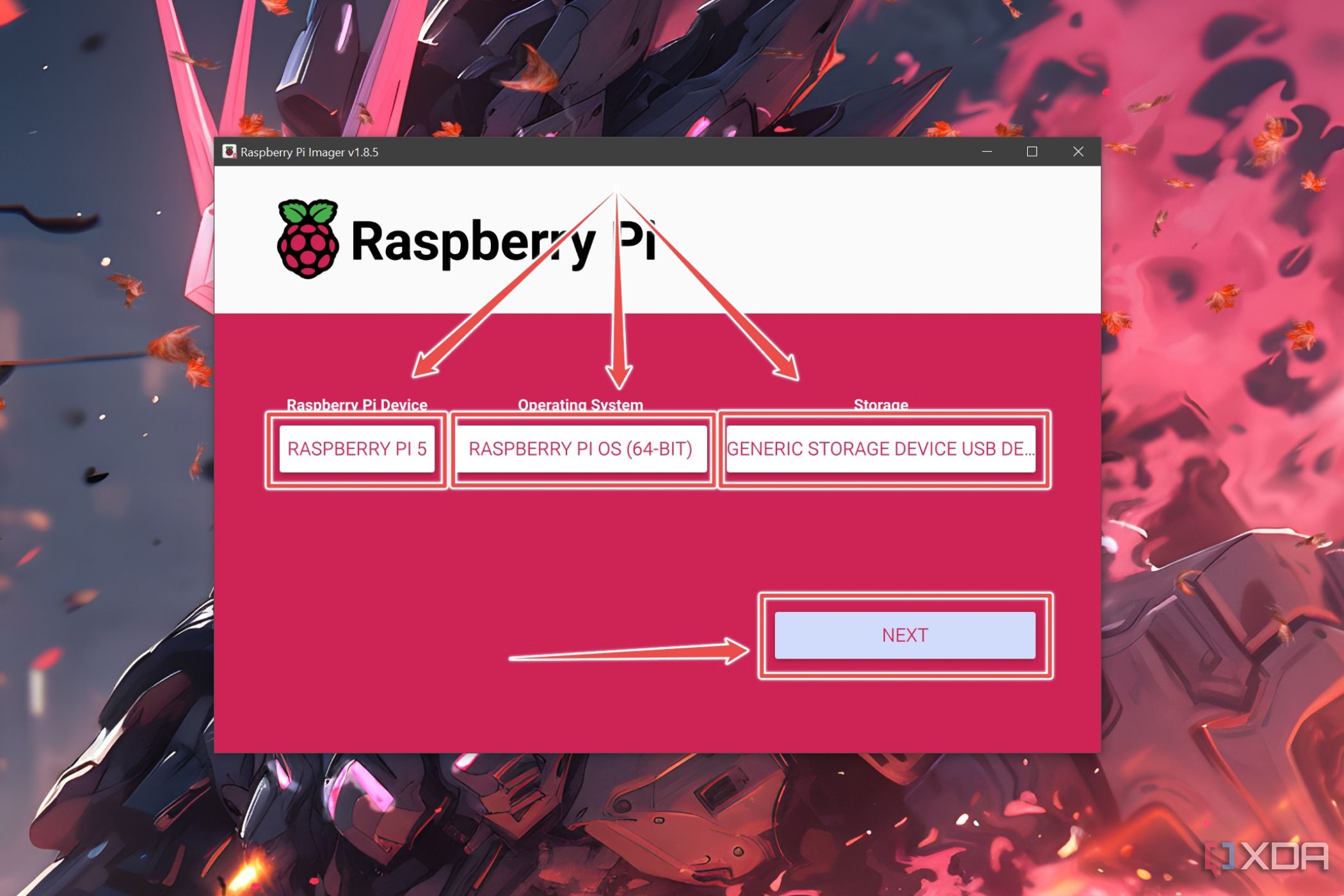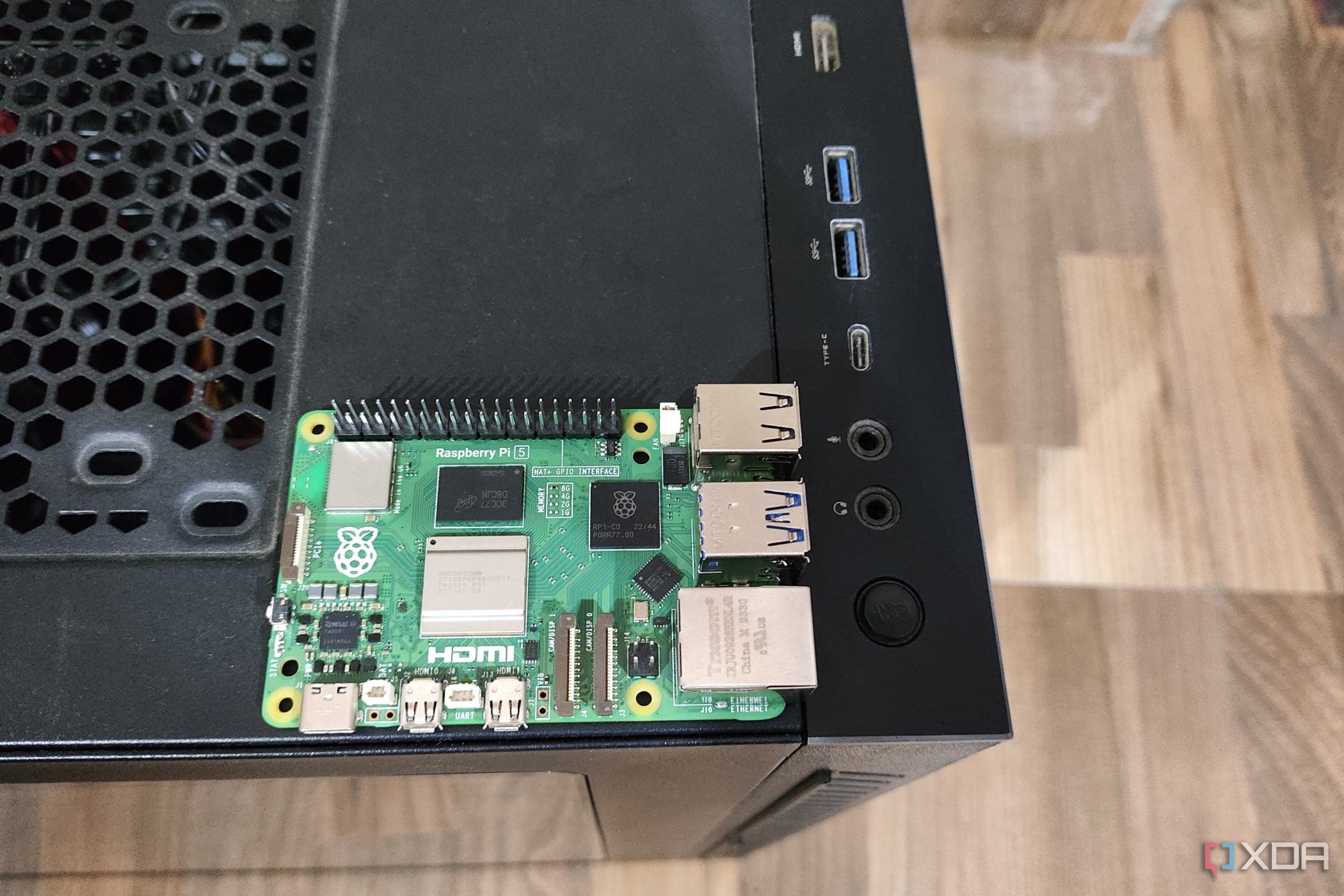Ever wondered how you can remotely access your Raspberry Pi from anywhere in the world? Well, buckle up, because we’re about to deep-dive into the world of SSH and turn your Pi into a remote powerhouse. SSH into Raspberry Pi from outside network is not just a tech buzzword—it’s a game-changer for hobbyists, developers, and professionals alike. Let’s break it down step by step and make sure you’re equipped with everything you need to succeed.
Imagine being able to control your home automation system, access your files, or even run scripts on your Raspberry Pi from the comfort of your office or a cozy coffee shop. Sounds cool, right? But before we get all giddy with possibilities, let’s talk about the basics. SSH (Secure Shell) is like a super-secret tunnel that lets you communicate with your Pi securely over the internet. It’s not rocket science, but it does require a bit of setup.
This guide is your one-stop-shop for all things SSH. We’ll cover everything from configuring your Pi to setting up port forwarding and even securing your connection. By the end of this, you’ll be SSH-ing like a pro and impressing all your tech-savvy friends. So, let’s get started!
- Chico Explore Discover Your Guide To Californias Gem
- Alex Riley Wwe Career Nxt And Beyond Latest News Updates
Table of Contents
- Introduction to SSH
- Preparing Your Raspberry Pi
- Setting Up Your Network
- Port Forwarding Explained
- Using Dynamic DNS
- Securing Your SSH Connection
- Troubleshooting Common Issues
- Best SSH Clients for Remote Access
- Automating SSH Connections
- Wrapping It All Up
Introduction to SSH
SSH, or Secure Shell, is like a digital handshake that lets you remotely control devices over the internet. Think of it as a secure way to send commands to your Raspberry Pi without physically being there. It’s super useful for managing servers, automating tasks, or just showing off your tech skills. But here’s the kicker—SSH isn’t just for tech wizards anymore. With a little know-how, anyone can set it up.
Now, when we talk about SSH into Raspberry Pi from outside network, we’re talking about accessing your Pi from anywhere in the world. Whether you’re at a friend’s house, on vacation, or just working from a different location, SSH makes it possible to stay connected to your Pi.
Why SSH Matters
Here’s the deal—SSH isn’t just about convenience. It’s about security. Unlike other remote access methods, SSH encrypts all communication between your device and the Pi. This means no one can eavesdrop on what you’re doing, keeping your data safe and sound.
Preparing Your Raspberry Pi
Before you can SSH into Raspberry Pi from outside network, you need to make sure your Pi is ready for the task. This involves a few simple steps, but trust me, they’re worth it.
Enabling SSH on Raspberry Pi
First things first, you need to enable SSH on your Raspberry Pi. Here’s how you do it:
- Boot up your Raspberry Pi and log in.
- Open the terminal and type
sudo raspi-config. - Navigate to the “Interfacing Options” and select SSH.
- Choose “Yes” to enable SSH and that’s it!
Pro tip: Make sure your Pi is up to date by running sudo apt update and sudo apt upgrade. This ensures you have the latest security patches and software updates.
Setting Up Your Network
Now that your Pi is ready, it’s time to set up your network. This involves configuring your router and ensuring your Pi has a static IP address. Trust me, this step is crucial if you want a stable SSH connection.
Assigning a Static IP Address
By default, your Pi gets an IP address from your router. But if this address changes, your SSH connection will break. To avoid this, assign a static IP address to your Pi:
- Log into your router’s admin page.
- Find your Pi’s MAC address and assign a static IP address.
- Save the changes and reboot your router.
Voila! Your Pi now has a permanent address on your network.
Port Forwarding Explained
Port forwarding is like giving your Pi a VIP pass to the internet. It allows incoming connections from the outside world to reach your Pi. Here’s how you set it up:
Steps to Port Forward
- Log into your router’s admin page.
- Find the port forwarding section and add a new rule.
- Set the external port to 22 (the default SSH port) and the internal IP to your Pi’s static IP.
- Save the changes and test the connection.
And just like that, your Pi is now accessible from anywhere in the world.
Using Dynamic DNS
Here’s where things get interesting. Your home internet connection probably has a dynamic IP address, which means it changes from time to time. This can be a real headache for SSH connections. That’s where Dynamic DNS comes in.
Setting Up Dynamic DNS
Dynamic DNS services like No-IP or DuckDNS let you assign a domain name to your home IP address. Even if your IP changes, the domain name stays the same. Here’s how you set it up:
- Sign up for a free Dynamic DNS service.
- Install the client software on your Pi.
- Configure the software to update your domain name whenever your IP changes.
Now you can SSH into your Pi using a domain name instead of an IP address. Cool, right?
Securing Your SSH Connection
Security is key when it comes to SSH. After all, you don’t want random strangers accessing your Pi. Here are a few tips to keep your connection safe:
- Change the default SSH port from 22 to something less obvious.
- Use strong passwords or better yet, SSH keys for authentication.
- Limit SSH access to specific IP addresses if possible.
- Install fail2ban to block repeated login attempts.
With these measures in place, your SSH connection will be as secure as Fort Knox.
SSH Keys: The Ultimate Security
SSH keys are like digital keys that unlock your Pi without needing a password. Here’s how you generate and use them:
- Generate a key pair on your local machine using
ssh-keygen. - Copy the public key to your Pi using
ssh-copy-id. - Disable password authentication on your Pi to force key-based login.
Now you’re rolling with the big boys of SSH security.
Troubleshooting Common Issues
Even the best-laid plans can go awry. Here are some common issues you might encounter and how to fix them:
- Connection refused: Double-check your port forwarding settings and ensure SSH is enabled on your Pi.
- Timeout errors: Make sure your router isn’t blocking incoming connections.
- Authentication failed: Verify your SSH keys or passwords are correct.
If all else fails, reboot your router and try again. Sometimes, a fresh start is all you need.
Best SSH Clients for Remote Access
Not all SSH clients are created equal. Here are some of the best options for different platforms:
- Windows: PuTTY is a classic choice, but Windows 10 also has built-in SSH support.
- Mac/Linux: The built-in terminal is all you need.
- Mobile: Apps like Termius or Serverauditor make SSHing on the go a breeze.
Choose the one that works best for you and get connecting!
Automating SSH Connections
Once you’ve mastered SSH, why not automate it? You can use scripts to automate tasks like backups, updates, or even running complex commands. Here’s a simple example:
- Create a shell script with the commands you want to run.
- Use
sshto execute the script on your Pi. - Schedule the script using cron jobs for regular execution.
Automation saves time and ensures your Pi is always up to date and running smoothly.
Wrapping It All Up
SSH into Raspberry Pi from outside network isn’t as daunting as it seems. With the right setup and a bit of patience, you can unlock a world of possibilities. From remote file access to automating tasks, SSH is a powerful tool that every Pi enthusiast should master.
So, what are you waiting for? Grab your Pi, follow the steps in this guide, and start SSH-ing like a pro. And don’t forget to share your experience in the comments below. Who knows, you might even inspire someone else to take the leap into the world of SSH.
Stay curious, stay connected, and happy SSH-ing!
- Michael Thomas Latest News Stats Free Agency Updates
- Explore Dereck Derek Jeremiah Find Content Info Now


